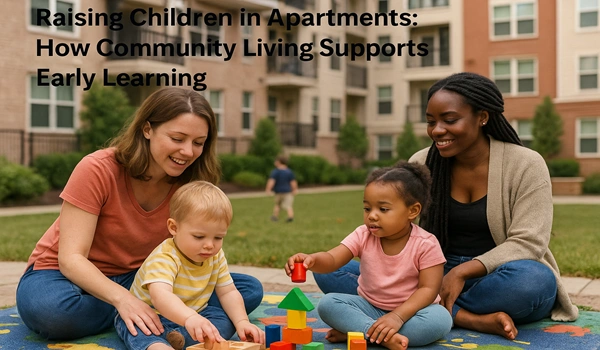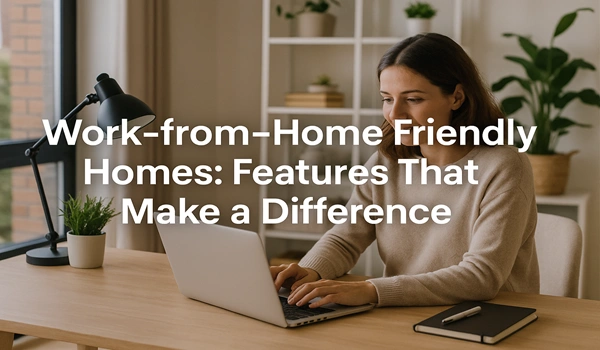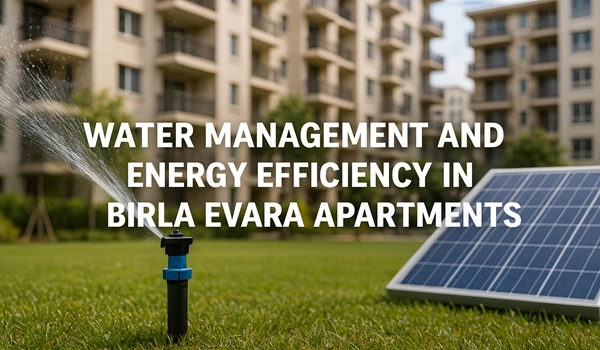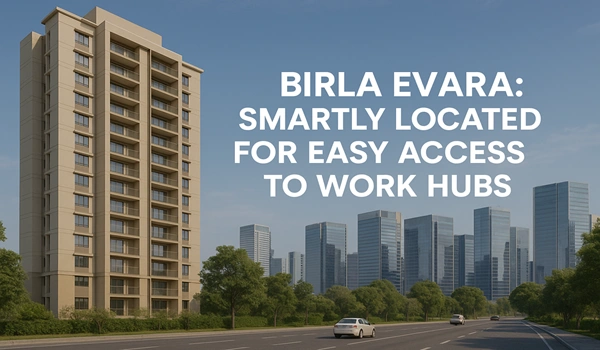Raising Children in Apartments: How Community Living Supports Early Learning

Apartment living in cities like Bangalore has become the norm for many young families. With increasing urbanisation, high-rise living is often seen as a compromise for space. However, this perception is changing. Planned communities along Sarjapur Road and in emerging locations such as Kodathi Village are demonstrating that apartments can offer enriching environments for early childhood growth and learning.
One such example is Birla Evara, a thoughtfully designed residential project that shows how community-centric features can play a great role in a child’s formative years. When residential spaces are designed with families and children in mind, the benefits extend beyond just safety and convenience—they foster strong developmental foundations.
Why Community Living Matters for Children
Early learning is not limited to schools and structured classrooms. A large part of a child’s growth comes from social interaction, exploration, and everyday experiences. Apartment communities with inclusive spaces can offer multiple learning opportunities.
Key Ways Apartments Support Early Childhood Development:
- Safe Play Zones for Interaction:
Modern housing projects in Bangalore are equipped with secure, age-appropriate play areas. These spaces allow children to interact with peers, build friendships, and develop essential social and emotional skills.
- Exposure to Diversity:
Apartment communities often bring together families from different backgrounds. Children raised in such environments learn inclusivity and empathy early on, becoming more adaptable and open-minded.
- Routine and Structure in Shared Spaces:
Common areas like hobby rooms, mini libraries, and gardens encourage children to engage in activities outside the home. These spaces help build discipline, creativity, and responsibility through guided and spontaneous play.
- Learning Through Observation:
Children often learn by watching others. In a community, they observe older children, adults, and even elders, picking up behaviours, language, and habits that enhance their development.
- Support Systems for Parents:
Parents benefit from being part of a community that shares similar concerns. From playdates to parenting tips, informal networks form that support both the child’s and the parent’s well-being.
Not all apartment communities are created equal. Proximity to schools, hospitals, parks, and recreational centres plays a key role in raising a child in an urban setting. Areas like Sarjapur Road in Bangalore, especially around Kodathi Village, are emerging as family-friendly neighbourhoods. They combine good infrastructure with access to nature and educational institutions, making them ideal for child-rearing.
Features in Modern Apartments That Benefit Children
- Daylight-Filled Units and Open Ventilation
Healthy lighting and fresh air contribute to better physical and mental development.
- Child-Centric Amenities
Pools with shallow areas, indoor playrooms, cycling tracks, and reading nooks are now standard in premium apartments.
- Interactive Common Spaces
Seating zones, amphitheatres, and clubhouses often host storytelling sessions or seasonal events, giving children a stage for creativity.
- Safety First Design
With controlled access points, surveillance, and traffic-free internal roads, children can explore their surroundings without risk.
Apartment living in Bangalore, especially in planned communities like those near Sarjapur Road, is becoming a thoughtful choice for families raising children. Projects such as Birla Evara highlight how design, location, and community support work together to create a nurturing environment. By focusing on shared spaces, social interaction, and safety, these homes offer more than just shelter—they provide a foundation for lifelong learning as well as growth.





